21 - First stocking marine aquarium: Part 1
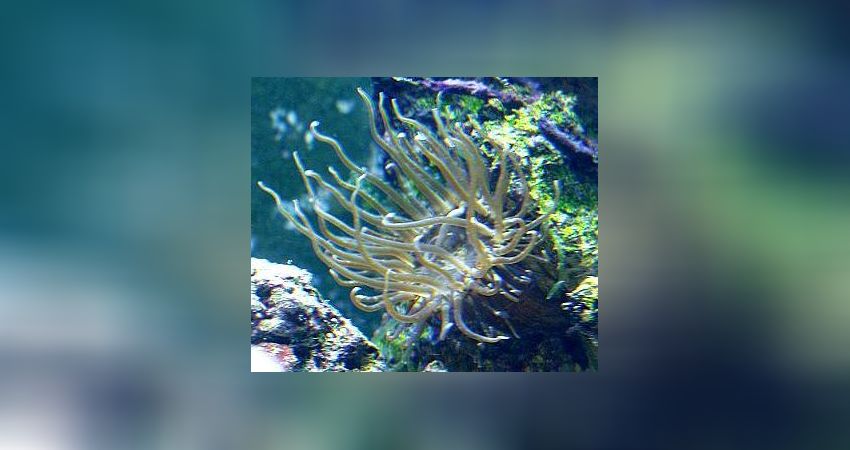
The run-in phase for new aquariums.....Algae eaters, pests and more...
The first stocking - Part 1
After the diatom bloom that usually occurs and is often followed by a plague of filamentous algae, the growth of red chalk algae appears, as already mentioned in Article 12. This is a good time to think about the first stocking. We hope that you will have made many interesting observations in the meantime ? What grows out of your stones ? Algae or even corals ? It is always nice to experience this so-called start-up phase. No two are alike.....
There are aquariums that don't get any algae at all, and there are aquariums where the unwanted thread algae are still growing after a year. You will also discover the first animals that are less desirable in marine aquariums.
Pests:
This term has become popular in recent years, and it hits the nail on the head. After all, these animals do plague us over time. Mostly they are glass rusts or the so-called mini-anemones that like to sneak in over the living stones. At first you notice them, but often - partly out of ignorance - you do nothing, which later turns out to be a mistake.
The pests known as pests should be removed as early as possible. There are various ways to do this, such as spraying glass lice or mini anemones. The trade has a few products ready for this. But you will also find a few things on the internet that you can use, such as caustic soda or saline acid. Inform yourself especially well if you want to try out such tips, you usually need some training which is often lacking for beginners.
The picture shows a glass rose. Aiptasia sp. They sneak in with the living stones. That's why it's important to have a good look at the stones beforehand.

Before you do anything wrong, ask your dealer. If the water values are within the correct range, you can definitely use glass-rose eating shrimps, an example is Lysmata wurdemanni or L. rathbunae. Especially if no food is added to the aquarium, they seem to be more likely to see glass lice as food than if they are simply given food by the keeper.
.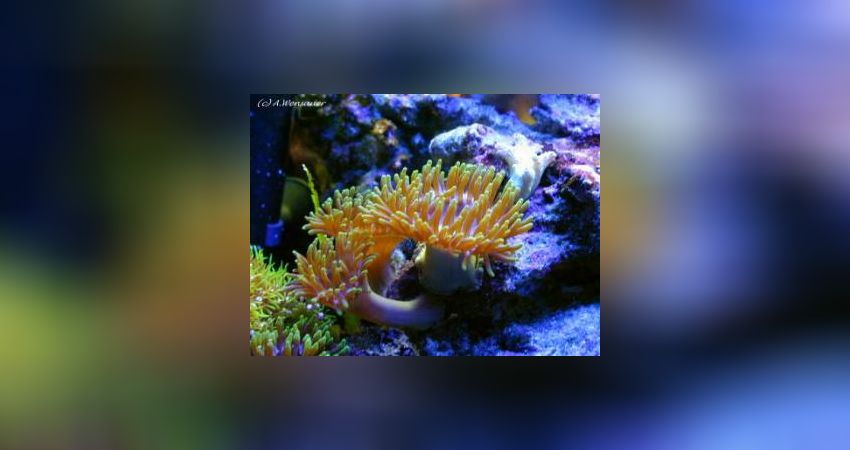
Also a problem now and then. The in itself very beautiful mini-anemone Anemonia cf. majano : Often popular until you know what it is.... Often multiplies very quickly and displaces all other corals in the aquarium.
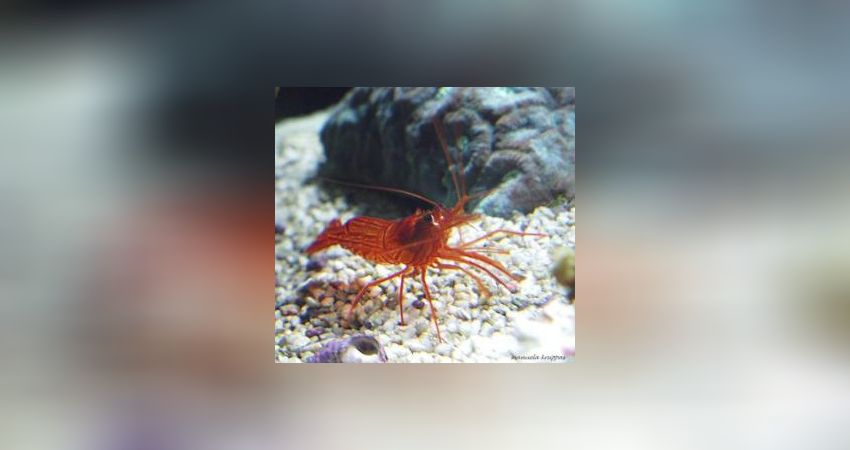
In the picture you can see a Lysmata wurdemanni, which has often proved to be a good glass-rose eater.
But beware, shrimps require a very careful adaptation to their aquarium water. The trade often keeps its animals at far lower densities so that the fish show fewer diseases. Unfortunately, the difference is often striking, so that we have already been able to measure values of 1.017. If you now put such a shrimp into water with a density of 1.025, they will usually not survive. Like all crustaceans they are very sensitive to density fluctuations. It is advisable to acclimatise these animals slowly to the new water over a few hours.
In this two-part article, the authors try to show you two completely different ways of introducing an aquarium, and in this two-part article they try to give you some possibilities of what a good initial stock of animals would be and what you should pay attention to.
Based on the case that no more thread algae grow, or only to a limited extent in some places, you should think about introducing the first animals. It seems particularly important to the authors that you should check your water values again before buying animals. A regular measurement of the values mentioned should also be carried out later on, as you will notice more quickly if the values get out of hand.
We are happy to give you the most important key data again here! Magnesium and calcium are to be understood in such a way that they can be corrected if they already deviate from the target values. Nitrite and ammonium/ammonia, on the other hand, must not be detectable. Ammonia and nitrite are toxic even in the smallest quantities, both for your fish and corals. Please measure the values before buying your animals, or take the water with you to your trusted dealer who will certainly be able to help you.
The key data are:
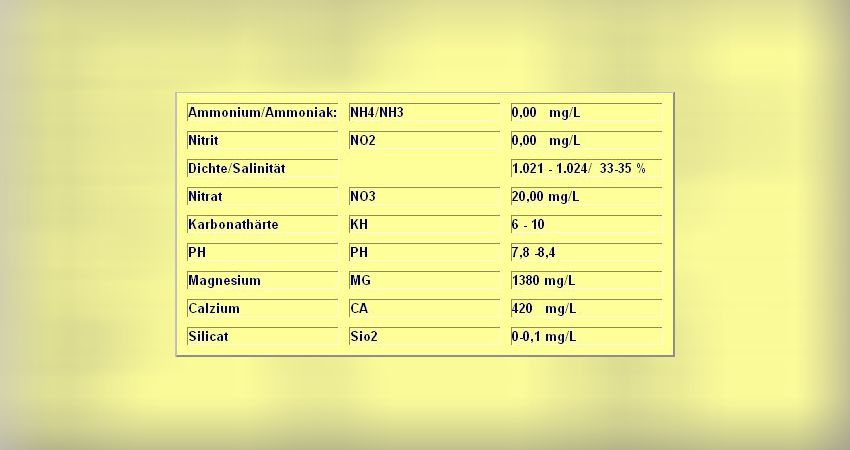
If ammonia and nitrite are at zero, you can think about buying your first animals.
Algae eaters as first stock:
We would now like to strongly advise you not to buy any fish, especially not several at once. You will overload your still very young biological system, which first has to adjust to the stress caused by fish. In this way, the bacteria multiply to cope with the stress caused by the fish.
We advise you rather to use other animals, such as algae-eating hermit crabs or snails. These animals represent the optimal first stocking for the authors. For 1000 litres, you can also use 100 hermit crabs of the genus Calcinus or Clibanarius. Especially the two mentioned are very good algae eaters. If you have hardly any algae growth later, hermits also like to eat food tablets or other food.
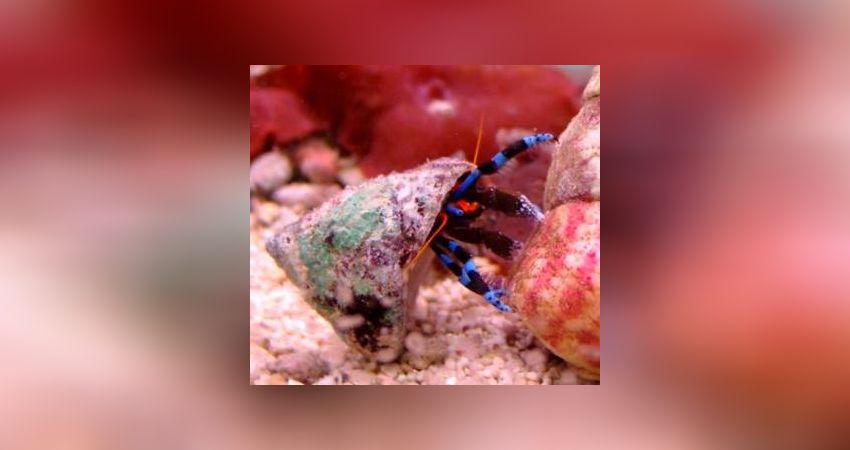
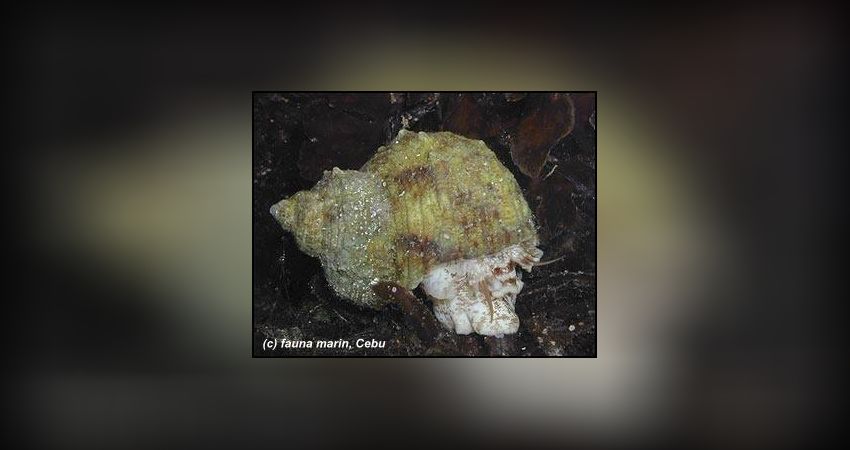
Furthermore, the so-called turbo snails are a good starting stock, also because they often reproduce themselves. A crab called Percnon is also an immense algae eater, probably one of the best of all.
Unfortunately, it is not available everywhere, and the numbers are very low.
In our experience, hermit crabs eat all kinds of algae wonderfully, from the roots up. The authors consider this little helper to be very important not only at the beginning, but also afterwards.
With a large number of hermit crabs, there is hardly any problem with growing algae plagues even afterwards. You can certainly give the hermits back after the algae plagues, but we advise leaving them in the aquarium as a prophylactic. They do not do any harm and are most likely to help with incipient algae problems. Since they accept any other food, you don't have to worry about them. Sea urchins should also only be used once the values have stabilised, after which they will thank you by eating fresh algae.
Picture: A small percnon shrimp in Ralph Bogusch's aquarium. They also accept substitute food, but are totally into algae.
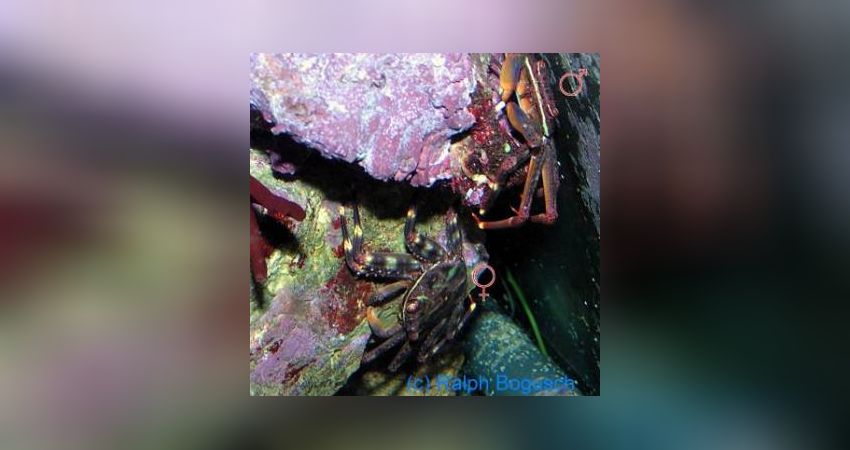
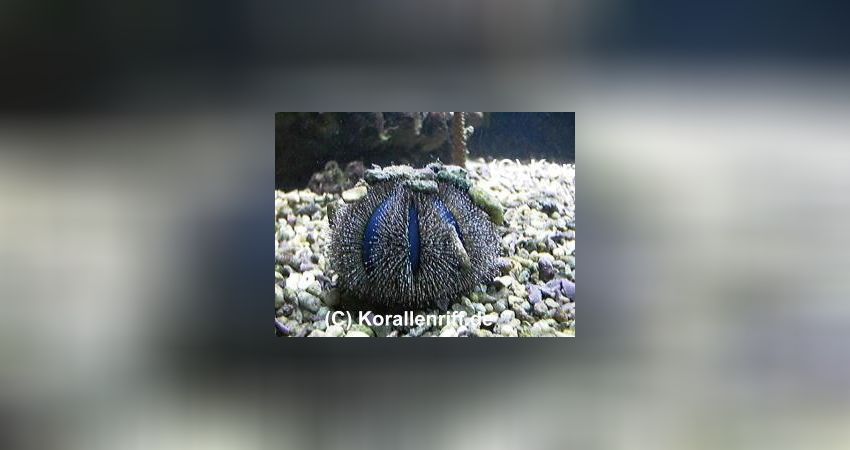
Mespilia globulus: In our opinion, this sea urchin is much more suitable than the peacock sea urchin. The latter often grows too big and moves around too much in the tank. However, both are particularly good algae eaters.
An equally good algae eater is the blenny Salarias fasciatus. This should only be used when the algae growth is still good, and again we assume that the water values are within limits. But here too there is a restriction... Ask the shop to show you that the Salarias you have bought will accept frozen food. There are quite a few who report that they only ate algae and could not be switched to substitute food. This often resulted in the death of the animal, which can be prevented with the knowledge of food acceptance.
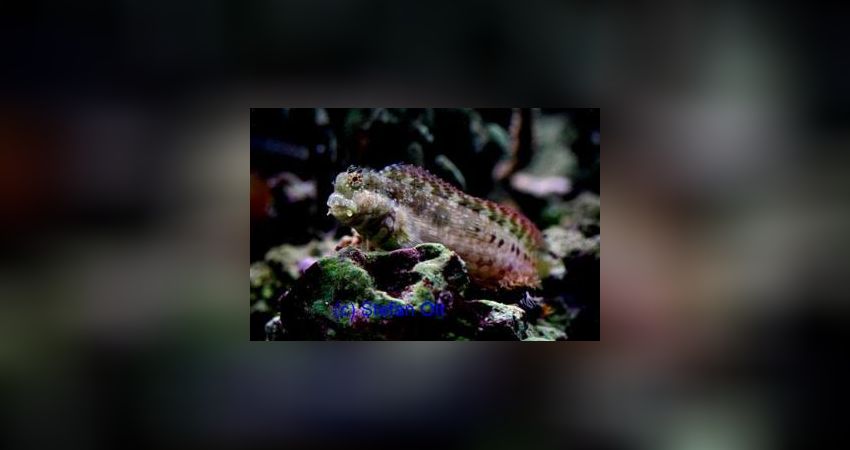
If your aquarium is almost free of algae, the first flowering animals can move in.
It is often advised to use starter animals, i.e. robust or hard animals that are better able to cope with the fluctuations that often still occur. Crust anemones or disc anemones or also soft leather corals are meant here. In Part 2, the authors go into more detail on this topic. You can get an overview of these numerous animals in their book or, with a little searching, on the Internet.
Unfortunately, quite a few new aquarists do not adhere to what the authors consider to be important self-limitations and usually put fish in beforehand. This is often propagated by the trade, sometimes it is ignorance, sometimes it is the impatience of the aquarist. Many fish will not survive such a new tank, some of them are very sensitive creatures! You don't do yourself any favours by putting in a lot of fish at this stage. Even if fish can sometimes cope with the water values, the early stocking of fish often comes back to haunt you later, for example due to renewed algae plagues or unwanted bacterial growth. You can never be sure of this, but a well run-in tank is more likely to cope with a small mistake than one that is not biologically secure.
If your tank is now free of algae, the water values are top, and the corals show good growth, you can introduce the first fish. We advise you to stock slowly, don't buy all the fish you are planning in one day. An exception is, for example, a group of doctors, which should be introduced at the same time. Here, too, it is of course a prerequisite that they have sufficient water. A small group of yellow sailbait is a beautiful sight... but this also requires a larger aquarium. In about 1000 litres you can keep 4 of these animals. However, other doctors cannot usually be kept in a group, so it is particularly important to be informed.
Be sure to find out beforehand how large an animal will be and whether it will fit in with the existing stock. It is also always better to ask experienced aquarists for advice. This way you can avoid mistakes. This will not only save you money but also the lives of your pets.
What you should pay attention to:
Entacmaea quadricolor, bubble - or copper anemone:
Unfortunately, in the beginning you often reach for an anemone, but in most cases - especially in fresh tanks - they do not last long. They are too sensitive and should follow much later. Do yourself a favour and wait at least half a year until your aquarium is well established. The only exception is the so-called bubble or copper anemone. It is up to you how you deal with it. But even this anemone, which is known to be a bit hardy, requires optimal water values.
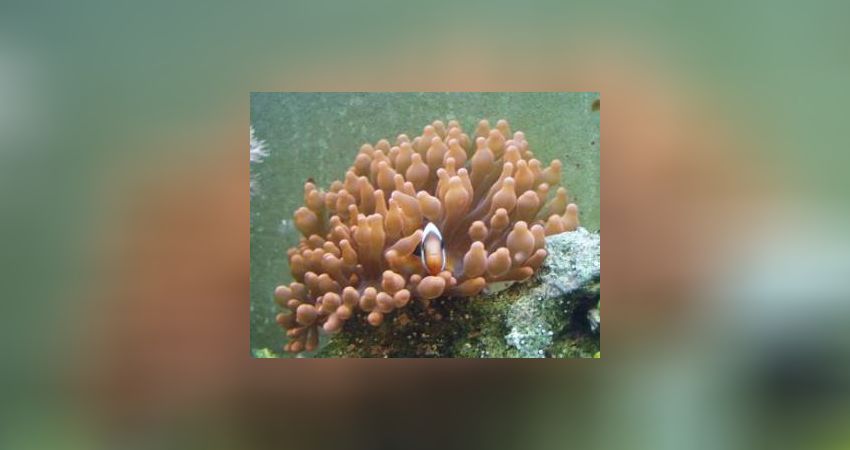
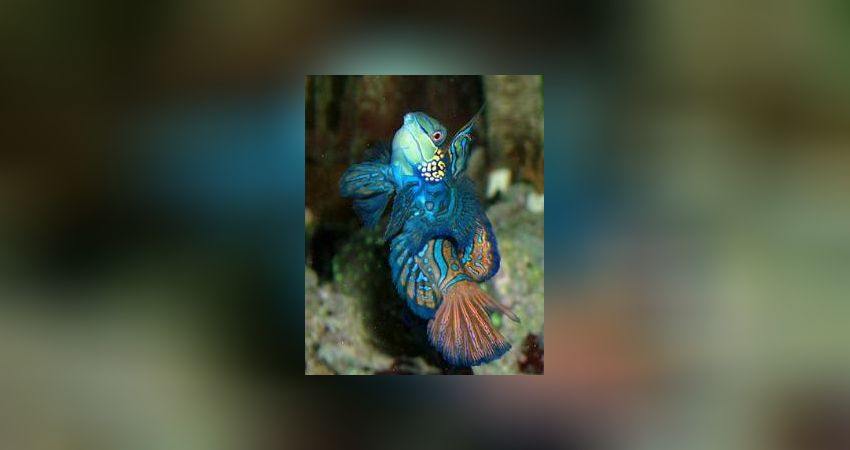
Also, we would like to take up the cudgels for the mandarin eggfish that are often bought.
They are certainly bought because of their wonderful colours and their sometimes funny swimming style. However, these animals often only take live food which must first form or multiply in their aquarium. Please wait at least 6 months, but better even longer, or let the retailer show you that your desired animal will accept food. With lyrefish, food intake often works with water bottles. We therefore classify them as delicate and do not recommend them for the beginning !
The purchase of fish....
is first and foremost a matter of trust. Surely you will have problems as a beginner if you don't know your dealer well. But often this gets around beforehand, or you can use various discussion forums to inform yourself beforehand :-)
But we are also convinced that you can do a lot yourself to acquire healthy fish. Observe the fish of your choice a little more closely for a while at the dealer. How is it swimming, what is it doing? Does it chafe? Is it uncomfortable ? Does it take food quickly ? [Many fish that are uncomfortable often only accept food slowly or not at all. They sometimes clamp their fins and show little interest in their surroundings. Keep your hands off the fish. Better safe than sorry! A fish should have a good and clear skin and no spots.
Food:
We also think it is important to point out what you can do to keep the fish healthy after you have bought it. We advise you to give your fish vitamins at least twice a week. To do this, sprinkle a little of a commercial vitamin solution on the food, let it work for a few minutes and then administer it to the fish. Like humans, they need vitamins and feel better and stay healthier. Garlic can also help (intestinal parasites), as can the well-known aloe vera juice. The trade already offers the first frost foods with garlic. The aloe vera juice can be used as described above. All these possibilities are to be seen as preventive and support the fish in any case. Adapt the food to your fish! Herbivores are happy to eat algae leaves (noria algae) or various types of lettuce. Carnivores will of course appreciate a good portion of frozen food. Find out what your fish eats. Trying is often the better part of valorising, which is why you could try out a few different foods. You will quickly notice what the fish like to eat.
Phosphate input via the frozen food:
Most frost foods available have a very high phosphate value. Therefore it is advisable to rinse the frozen food before use. To do this, take the desired amount of food and place it in a net or sieve. Let it thaw there. Now run cold water over the thawed frozen food. This will flush away most of the phosphates. After flushing, you can give the food to the fish as usual. You will have a much lower phosphate input, which makes the removal of Po4 a little easier.
Feeding every day?
The often propagated feeding breaks of one or more days a week should really be a thing of the past in 2004. Today it is possible to maintain the water quality better than in the past by using good technology. The authors feed several times a day, always smaller portions and with mixed food types. So that everyone gets what tastes best. Always feed small portions, as much as the fish can eat in 3 - 5 minutes. Feeding more is not necessary and puts too much strain on the tank. An overstock of food that goes to the bottom is not too bad, they still have enough animals that eat it from the bottom. (hermit crabs, shrimps, brittle stars, etc.) You will certainly find the right size quickly.
Frank Diehl and Robert Baur-Kruppas
How do you like this article?
Info
Author

Bookmark
Comments
Topics
Similar articles
- 11 - Calcium supply:
- How a marine aquarium is created-Part 3: The current
- How a marine aquarium is created Part 32: The aquarium on holiday
- How a marine aquarium is created Part 21: Cyanos, fish and DIY aquarium net cover
- How a marine aquarium is created Part 30: Fish, corals, night shots
- 21 - First stocking marine aquarium: Part 1
- 17 - Part 4 Filter systems - Berlin system
- 27 - Angelfish in a community aquarium?
- How a marine aquarium is created Part 26: Goodbye glass lice?
- 13 - Electrical safety
Comments To the top
Gruss Hardy
du wirst sehen dass die Warterei auch ein bisschen was gutes hat. Man sieht vieles sich entwickeln... ein kleines Biotop entsteht.
vg Robert
Please register
In order to be able to write something yourself, you must register in advance.







